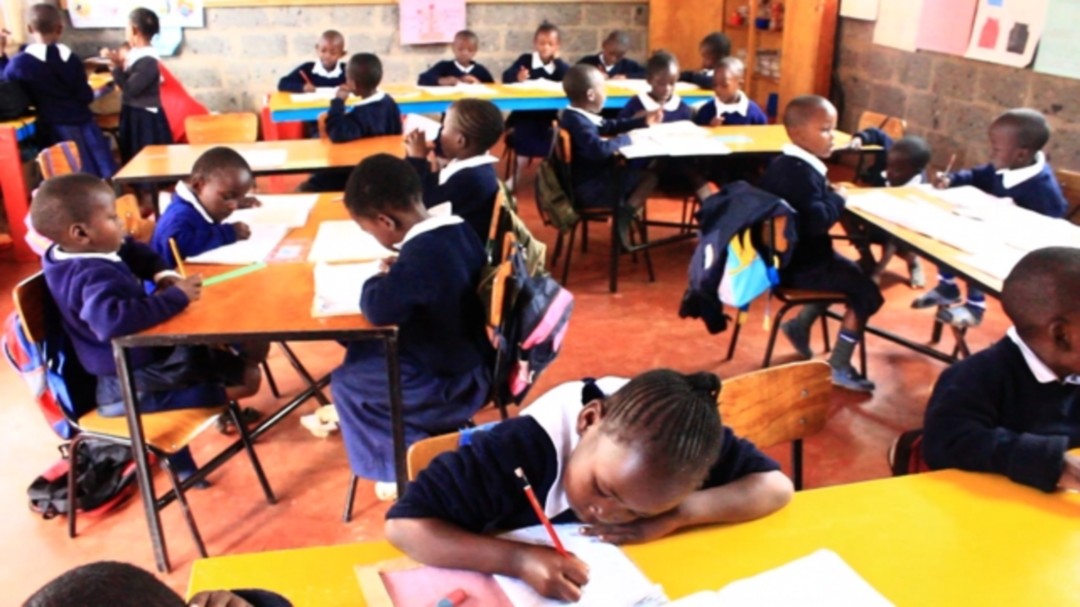A school in a slum
The project aimed to fund the full five-year primary school education of 39 students (boys and girls) from disadvantaged families at the Gentiana primary school, situated in the heart of Kabiria slum, near Nairobi. The children, who also participated in the school's scout programme (environmental club), were to receive the school fees, uniforms, school materials and equipment for their environmental projects.
During the five years, the project covered the school fees of the 39 students, including the purchase of their uniforms and school material, enabling them to finish their primary school education. As members of the scout programme, they developed their leadership and civic skills and focused on the importance of the environment. As scouts, they provided first-aid services during school events, organised clean-up exercises in the school surroundings and were responsible for caring for animals (rabbits) and looking after the school garden (planting, watering and weeding). The project contributed to the development of responsible youths with hope for the future.
The Gentiana Development Network runs the Gentiana primary school that offers a comprehensive educational program to the most disadvantaged children from a slum near Nairobi, combining classic teaching methods with an individual support program.








Kenya
Population
49.7 million (2017)
Per Capita Income
USD 1,460/year (2017)
Poverty rate *
36% (2015)
Literacy rate
79% (2016)
Human Development Index
142nd out of 189 countries (2018)
Kenya’s macro-economic conditions have progressed over the past decade, improving the welfare of its population. However, a quarter of its population lives in urban informal settlements, arid and semi-arid rural areas and remain vulnerable to poverty, conflict, structural underdevelopment and disease. Even though national absolute poverty has declined overall, it remains high compared with neighbouring countries. Primary school enrolment has reached 100%. Access to household services such as electricity, improved drinking water and sanitation has steadily increased, even though coverage remains low (23%, 47% and 33% respectively). Youth unemployment and vulnerability to climate change remain key challenges.
Sources: World Food Program, UNICEF, World Bank, 2016 Human Development Report, Human Development Indices and Indicators (2018 Statistical Update)
*The percentage of the population living below the national poverty line.